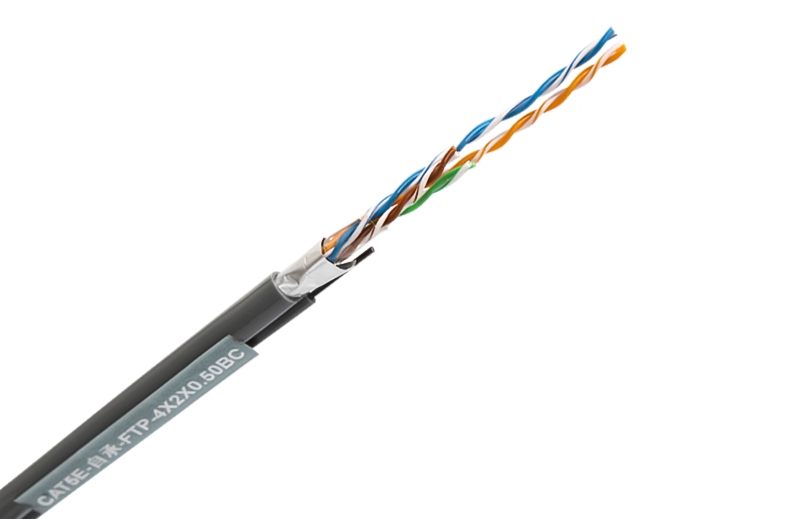Summary:The development of CAT5E cables has had a profound impact on the evolution of networking in both businesses and homes, marking a significant milestone
The development of CAT5E cables has had a profound impact on the evolution of networking in both businesses and homes, marking a significant milestone in the history of telecommunications technology. As an enhancement of the earlier CAT5 standard, CAT5E (Category 5 Enhanced) cables were introduced in the late 1990s to address the growing demands for faster and more reliable data transmission. This advancement came at a time when the internet and local area networks (LANs) were becoming increasingly integral to daily life and business operations.
CAT5E cables represent a substantial improvement over their predecessors by offering better performance and higher data transmission rates. While CAT5 cables were limited to 100 Mbps and could handle frequencies up to 100 MHz, CAT5E cables enhanced these specifications, supporting speeds of up to 1 Gbps and frequencies up to 100 MHz. This increase in performance was crucial as it accommodated the expanding bandwidth requirements driven by the proliferation of internet usage, multimedia applications, and networked devices.
The enhanced performance of CAT5E cables is largely attributed to their improved internal structure, which includes better insulation and tighter twisting of the pairs of wires. This design reduces crosstalk and interference, making CAT5E cables more reliable for high-speed data transmission. Furthermore, the introduction of shielded versions of CAT5E cables, such as S/FTP (Shielded Foiled Twisted Pair), provided additional protection against electromagnetic interference (EMI), further boosting their reliability in various environments.
In the realm of business, CAT5E cables played a pivotal role in the evolution of network infrastructure. They facilitated the establishment of faster and more efficient office networks, enabling businesses to handle larger volumes of data and support more simultaneous users. This enhancement contributed to improved productivity and efficiency, allowing businesses to leverage technologies such as VoIP (Voice over IP) and advanced network services. The widespread adoption of CAT5E cables also paved the way for the development and deployment of more advanced networking standards, including CAT6 and CAT6A, which offer even higher performance levels.

On the home front, the impact of CAT5E cables was equally transformative. As internet access became more common in households, CAT5E cables provided a reliable and cost-effective solution for connecting computers, routers, and other network devices. This connectivity enabled households to support a range of digital activities, from streaming media to online gaming, and facilitated the growth of home networks. The introduction of CAT5E cables also supported the development of smart home technologies, as reliable network connections became essential for the operation of various smart devices and systems.
The historical development of CAT5E cables reflects broader trends in technological progress. Their introduction was a response to the growing need for higher-speed data transmission and better network performance, driven by the increasing complexity of digital applications and the expansion of the internet. The evolution from earlier standards to CAT5E cablesand beyond highlights the continuous advancements in telecommunications technology, illustrating how innovations in networking hardware have shaped the way we live and work.
CAT5E cables have significantly influenced the evolution of networking by providing enhanced performance and reliability for both business and home environments. Their development marked a key phase in the progression of networking technology, setting the stage for future innovations and meeting the ever-growing demands of a connected world.
